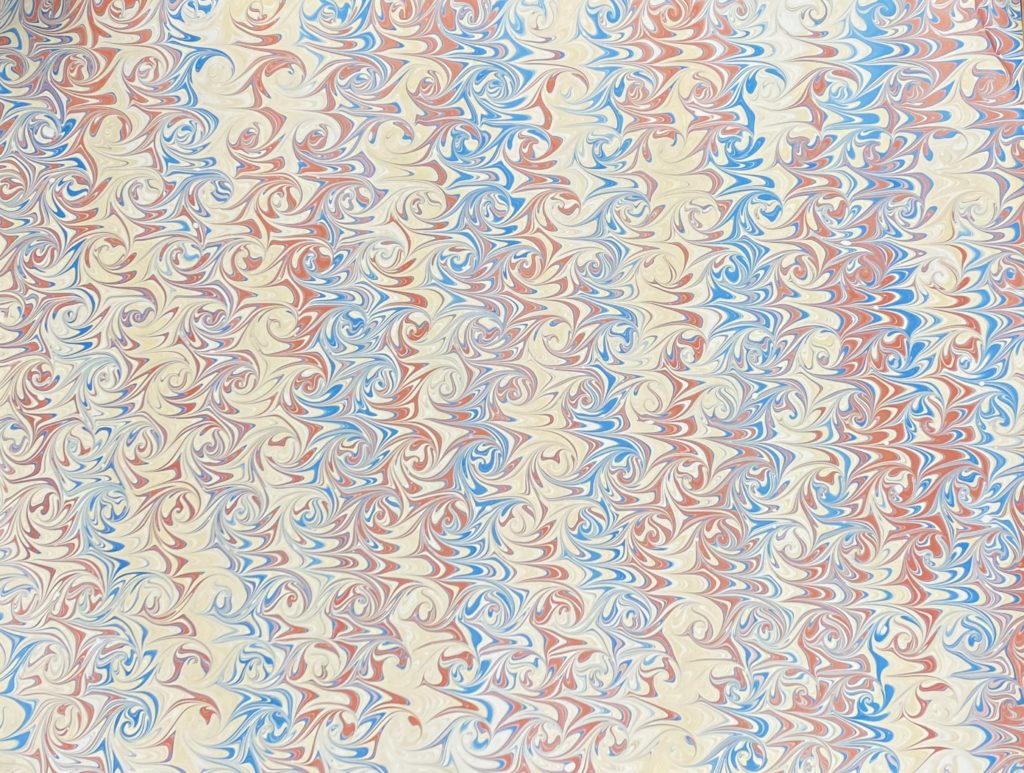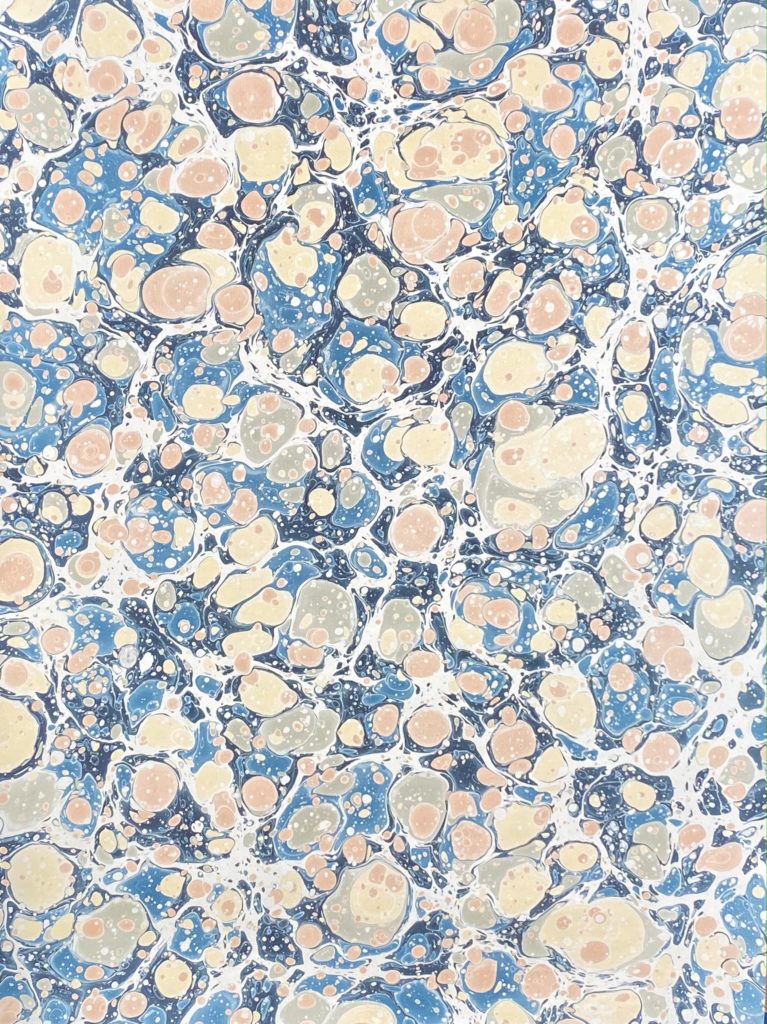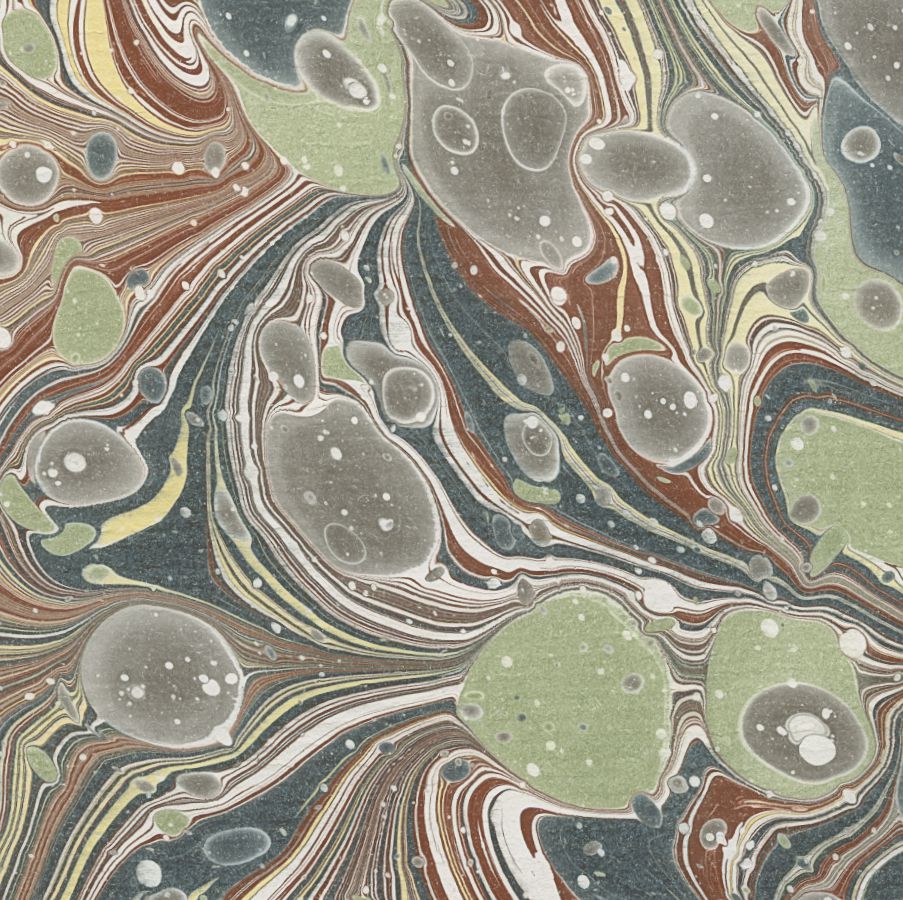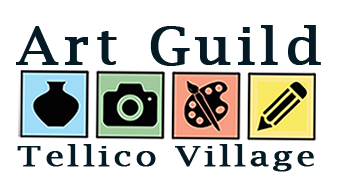240608 Middle Eastern Style Paper Marbling with John Bielik



Dates: June 8, 2024
Time: 9:00 to 3:00 pm
Location: Chota Classroom A
Prerequisites: No Experience Necessary
Contact Information: periodpaper@yahoo.com
Cost: $45 (Includes supplies)
Class Size: Min 10 Max 14
Sign-up: Registration is closed. Contact John directly to see if you can be added to the class.
Deadline: May 10, 2024
Cancellation Policy: Participants may cancel up to 30 days prior to the start of the Workshop. There will be no refunds within 30 days of the workshop. If AGTV or the instructor cancels the workshop, participants will get a full refund. To cancel, fill out the workshop refund request form
Workshop Content: Our workshop is intended to be an introduction to a Middle Eastern style of paper marbling. While this workshop is an introduction, the historic nature of materials and processes covered will accommodate the most experienced paper marbler. This variety of marbling is different from most marbling done in the world today. Historically appropriate materials and techniques of the paper marbler will be the foundation of this class. Instruction will include discussion and application of basic tools, materials, and technique. There will be plenty of time to create a variety of patterns and make a sizable stack of marbled papers. It is important to wear clothing that can become stained with paint. This warning also applies to shoes.
Suggested uses for marbled paper:
-Matting for framing
-Stationery(envelopes)
-Book binding
-Box making(lining interior/exterior of paper or wood boxes)
-Marbled paper as framed art
Paper marbling is the art or process of staining paper with paint or ink. Patterns are achieved by floating and manipulating paint on the surface of water, vegetable gum or the combination of each. This surface is called the Size. Middle Eastern marbling uses finely ground pigments in water as its paint. Bile, a natural detergent from animals, is added to the paint. Bile changes water’s behavior by decreasing its surface tension. The vegetable gum will draw back from the paint as it contacts its surface and the paint will effortlessly spread until it reaches an equal surface resistance. A difference in surface tension between the gum and the paint allows the paint to expand and remain separate from the gum. At this point the paint can be distorted. Distortions in the paint can be achieved by moving the paint over the gum’s surface. A variety of tools can be used to distort these surfaces. These include tools with one stylus, or multiple tooth bearing rakes and combs having teeth of various diameters and spacing. Each tool will produce specific effects. Distortion is considered a pattern. Once a pattern has been produced, paper is then carefully laid on the paint where it is transferred from the gum’s surface to the paper’s surface. This is due to attraction of the paint to the paper, or through the papers inherent absorbent nature. In most instances, its a combination of both. This is especially true with papers of traditional composition.
Ebrú, as Turkish marbling was originally called, is believed to be the first marbling to use vegetable gum and water based paints with ox gall. Gum tragacanth is the sizing used as a base to apply the bile and water color paint. Examples of ebrú date back to the mid fifteenth century. A strong association exists between books and marbling, due to the long history they share. Many historical pattern examples survive today because of the protection afforded between the covers of old books.
Supply List: John will have all that is needed for the workshop. Students are welcome to bring their own variety of paper specimens for experimentation.
Biography: John C. Bielik is an itinerant artisan, instructor, and historic trades preservationist. He received a B. F. A. from Missouri State University(Springfield) and an M. F. A. from Virginia Commonwealth University. He has held classes in 14 states and performed historically inspired demonstrations at County and State fairs, historic sites, and festivals. John has been a guest on the American documentary television series Barnwood Builders and his paper and products are featured in the shops at Colonial Williamsburg, the Atheneum in Historic New Harmony, as well as, other retail venues. John’s marbled paper has been selected for inclusion onto Early American Life Magazine Directory of the top 100 Traditional American Artisans. He is not an artist. He is a preservationist. His goal is not to create something new, but to save something that is old.
Goals and objectives:
Preservation through education.
Historic trades, such as paper marbling, are tangible forms of living history. They help us connect to history by entertaining us while we witness process and technique. The process becomes as important as the product. Sharing this arcane trade that has been producing decorative papers for centuries is brought forward and explained. Value and respect of the trade, and history, are potentially preserved.

